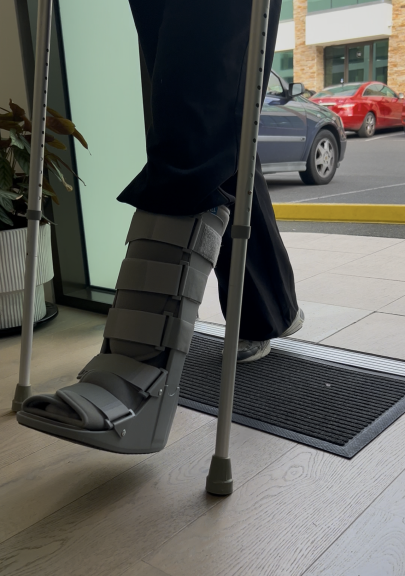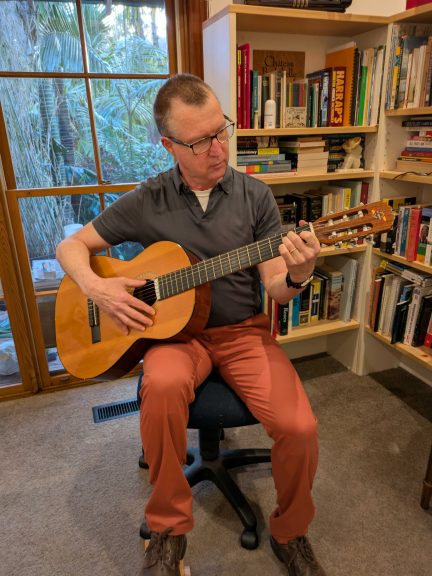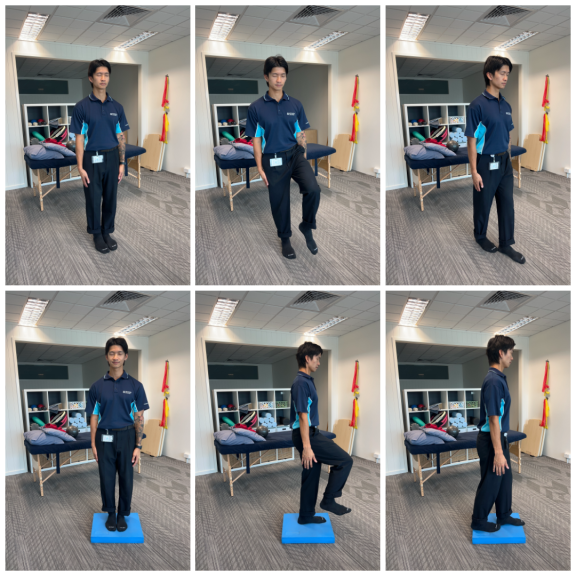Do you or someone you know suffer from dizziness?
This important article could make the difference for you. Benign Paroxysmal Positional Vertigo (or BPPV) is the most common vertigo – or sensation of spinning(1). If left untreated, there is the risk of falling, especially in our seniors. Unchecked, it may not settle and lead to compensations in neck joints resulting in stiffness and pain. And lastly it can interfere significantly in day to day activities.
How does BPPV occur?
BPPV results when calcium carbonate crystals build up and lodge in the inner ear (balance) canals. We call them otoconia. As head position and movement occurs, the otoconia begin to roll around and push on the tiny hairs that line the semicircular canals. Those hairs act as sensors to give the brain information about balance. Vertigo develops when the hairs are stimulated by the rolling otoconia.
How do we get otoconia?
With age, infection or injury they become dislodged and land in the inner ear canals.
Of course they may shift back again with time and become dissolved, but this is not always the case. Waiting for this is not a great option, particular if the vertigo (falling, spinning) sensation is large.
BPPV is simple to fix and quick to settle. There are no fancy or gimmicky treatments involved.
BPPV is easily diagnosed and is treated by specially trained physiotherapists. It usually takes one treatment to settle 80% of symptoms. Occasionally two are needed. It can reoccur across a lifetime but it easily treatable. Remember the B in BPPV means benign but it does not mean it should be ignored when it is so easy to improve your quality of life.
Physiotherapy
Consists of rapid but safe manoeuvres to diagnose BPPV. The direction of the eye movement (nystagmus) suggests the canal and side involved and directs the physiotherapist’s choice of treatment direction.
If you believe you have BPPV, we can assess for it and treat it.
Have a great day. Your movement partner,
Jayce Gilbert
(1) Bhattacharyya N et al. Clinical practice guideline: benign paroxysmal positional vertigo. Otolaryngol Head Neck Surg. 139 (5 Suppl 4) : S47-81. 2008.













